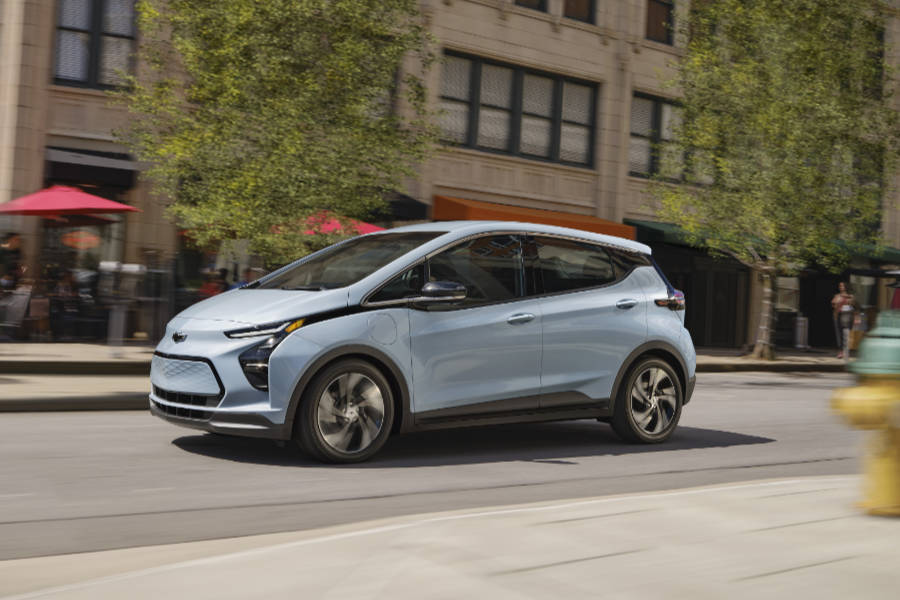In recent years, the sustainability movement has been gaining traction, perhaps due to growing awareness of the contribution of human activity to the increasing environmental degradation.
The Electric Vehicle (EV) tax credit is Uncle Sam’s attempt at jumpstarting the electric vehicle revolution. A federal tax credit provides a financial incentive for individuals who purchase an electric vehicle. Here’s what you need to know about the EV tax credit for 2023.
How the EV Tax Credit Works
The EV tax credit is a dollar-for-dollar reduction in the amount of federal income tax owed by the taxpayer. If the amount of the credit exceeds the taxpayer’s tax liability, the excess credit can be carried forward to future tax years. The amount of the credit depends on the battery capacity of the electric vehicle and the taxpayer’s income.
Qualifying for the EV Tax Credit
To qualify for the EV tax credit, the electric vehicle you choose must meet certain requirements. The vehicle must be new or used, and it must be purchased or leased by you as the taxpayer. In addition, the EV must also meet certain battery capacity requirements.
If the vehicle was purchased and delivered before April 18, 2023, the critical minerals and battery sourcing requirements do not apply. Instead, the credit amount is calculated as $2,500 if the battery has at least a 7-kilowatt-hour capacity, plus up to $5,000 for additional kilowatt hours above the base requirement of 7-kilowatt hours.
EV Tax Credit Amounts
The amount of the EV tax credit depends on the battery capacity of the electric vehicle and your income. As of 2023, the maximum tax credit is $7,500 for new electric vehicles and $4,000 for used electric vehicles.
The credit amount is reduced for taxpayers with higher incomes. The credit begins to phase out for taxpayers with incomes above $150,000 for joint filers, $112,500 for a head of household, or $75,000 for an individual.
Which Electric Vehicles Qualify for the EV Tax Credit?
Keep in mind that not all electric vehicles qualify for the EV tax credit. Your vehicle must meet certain battery capacity requirements and must be manufactured by a qualifying manufacturer (in North America). The IRS maintains a list of qualifying electric vehicles on its website. The list includes both new and used electric vehicles.







